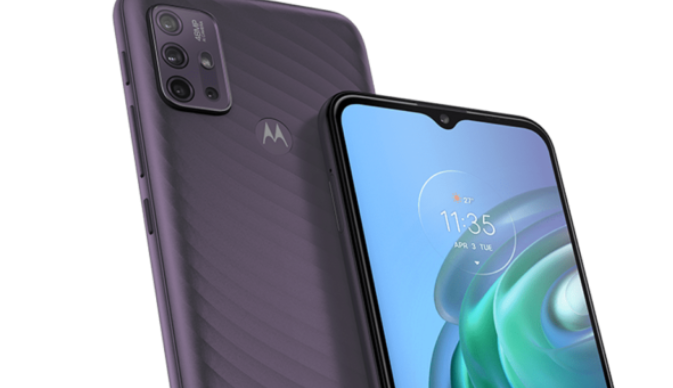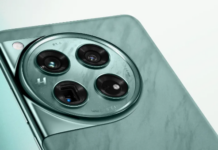Motorola announced the launch of the Moto G30 and Moto G10 in Brazil in March 2021. Mobile phones are part of the company’s portfolio of intermediate smartphones and renew the nomenclature of the Moto G line, the most popular of the brand. In common, the phones have the 5,000 mAh battery, 6.5-inch HD+ screen and four lenses on the back. But there are differences between the models: the main sensor for photos and the front camera, the processor, the storage, the price and some more details.
Comparative: Moto G30 or Galaxy M31; which to buy?
Motorola Moto G100: all about power
Here’s a comparison of data sheet and features between the Moto G30 and Moto G10, and understand how phones differentiate before deciding which one is best for your day-to-day life.
Data sheet – Moto G30 vs Moto G10
Motorola Moto G30 Motorola Moto G10
Launch March 2021 March 2021
Launch price R$ 1,899 R$ 1,699
IPS LCD screen, 6.5-inch LCD, HD+, 6.5-inch IPS LCD refresh rate, HD+, 60 Hz refresh rate (standard)
Snapdragon 662 processor (octa-core up to 2 GHz) Snapdragon 460 (octa-core up to 1.8 GHz)
Memória RAM 4 GB 4 GB
128 GB storage (expandable via microSD up to 1 TB) 64 GB (expandable via microSD up to 1 TB)
Quadruple rear camera: 64 MP (f/1.7) + 8 MP (f/2.2) ultrawide) + 2 MP (f/2.4) macro + 2 MP (f/2.4) Quadruple depth: 48 MP (f/1.7) + 8 MP (f/2.2) + 2 MP (f/2.4) macro + 2 MP (f/2.4) depth
Front camera 13 MP 8 MP
Factory operating system Android 11 Android 11
Battery 5,000 mAh (20 watt TurboPower fast charging) 5,000 mAh (10 watt fast charging)
Dimensions and weight 165.3 × 75.8 × 9.2 mm; 200 grams 165.3 × 75.8 × 9.2 mm; 200 grams
Dark prism and White lilac colors White and Gray
Screen and design
Moto G30 has 90 Hz display
Both models of this comparison have a screen of the same size and resolution: 6.5 inches HD+. The panels also use the same IPS LCD technology, but differ in refresh rate, which is 90 Hz on the Moto G30 and 60 Hz on the Moto G10.
In practice, this gives advantage to the Moto G30. Despite having a resolution that is behind some competitors, such as the Galaxy M31, the mobile partly compensates for the audiovisual experience with this feature, since it provides a feeling of greater graphic fluidity, which is good especially for games, but also makes a certain difference in common use when viewing the system interface.
In the body, the devices are quite similar – they have up to the same dimensions and weight. The difference is due to the finish: while the Moto G30 has a smooth rear, with prism effect for a color gradient, the Moto G10 features a housing with wavy texture effect on the back, which gives a feeling of robustness, which may not please some users who prefer a more elegant look.
The two phones have digital sensor on the back and P2 input (3.5 mm) for headphones. On the side, in addition to the Power and volume buttons, there’s a new button for the Google Assistant. Its positioning, however, can confuse users at first, due to its proximity to the other keys.
The Moto G30 is available in Dark Prism and White Lilac colours, while the Moto G10 has white and grey versions.
As expected, the Moto G30 is the most advanced model between the two phones analyzed. It features a Snapdragon 662 processor, superior to the Snapdragon 460 of the Moto G10, but they use the same GPU, the Adreno 610.
When it’s RAM, everything’s the same: 4 GB for both sides. Meanwhile, storage changes: 64 GB for the Moto G10 and 128 GB for the Moto G30. Both are compatible with microSD card for memory expansion up to 1 TB.
Android 11 factory
The Moto G30 and Moto G10 already go out of the factory with Android 11, the latest stable version of Google’s operating system available during the phones’ launch. It is worth remembering that Motorola uses an interface with few modifications, delivering experience closer to that of “pure” Android.
The manufacturer promises to promise two-year quarterly safety fixes for the Moto G10, with no warranty for a system version update. The Moto G30 will at least have an update to Android 12.










